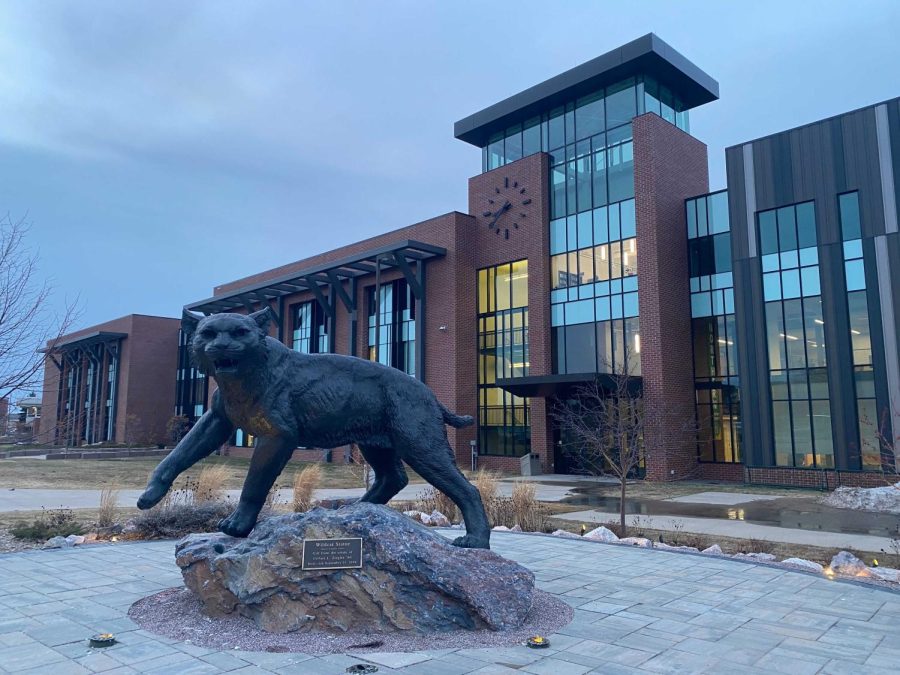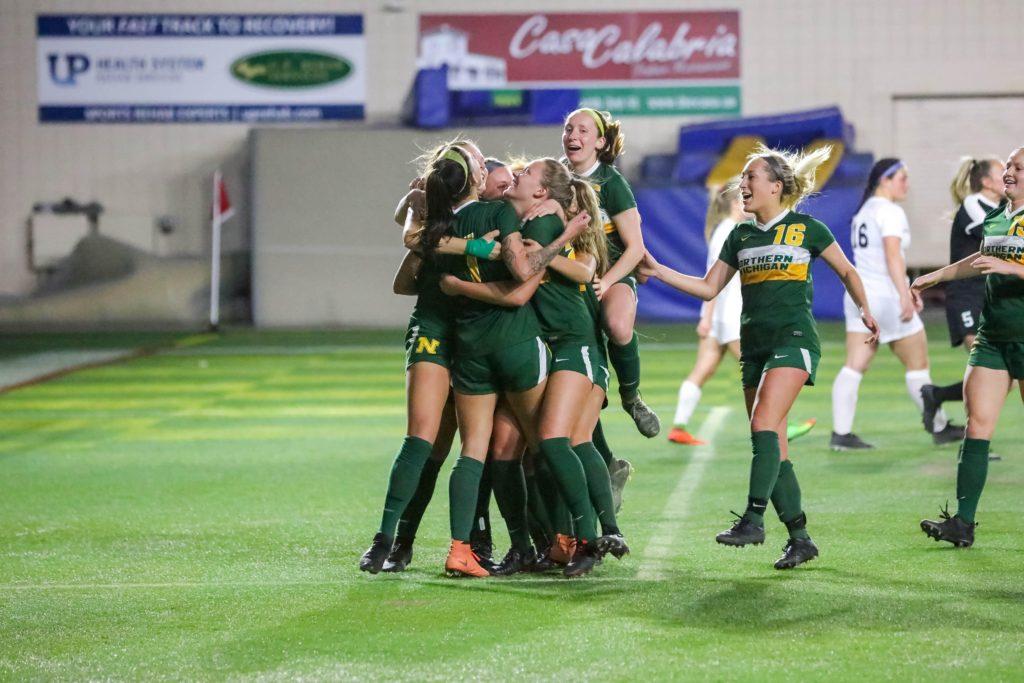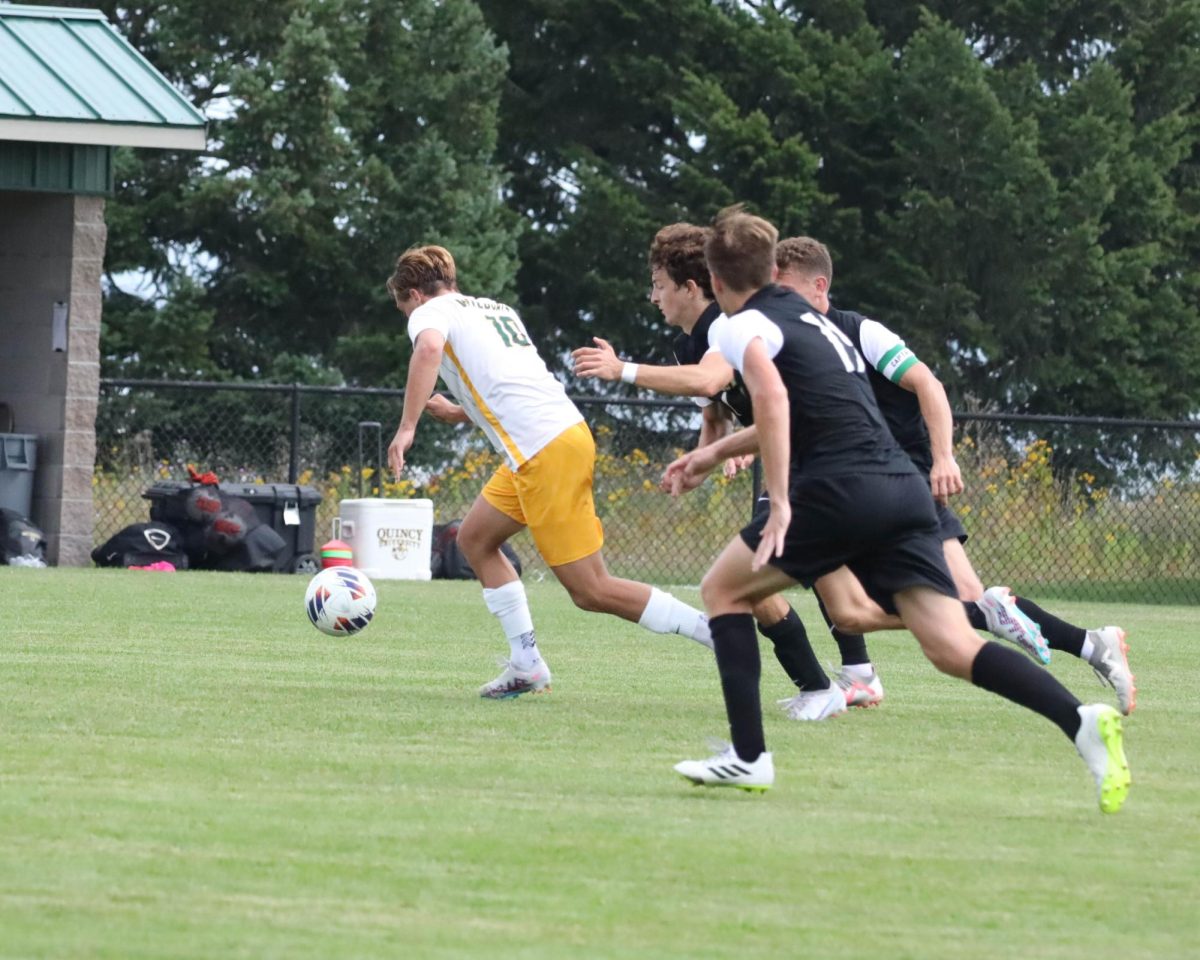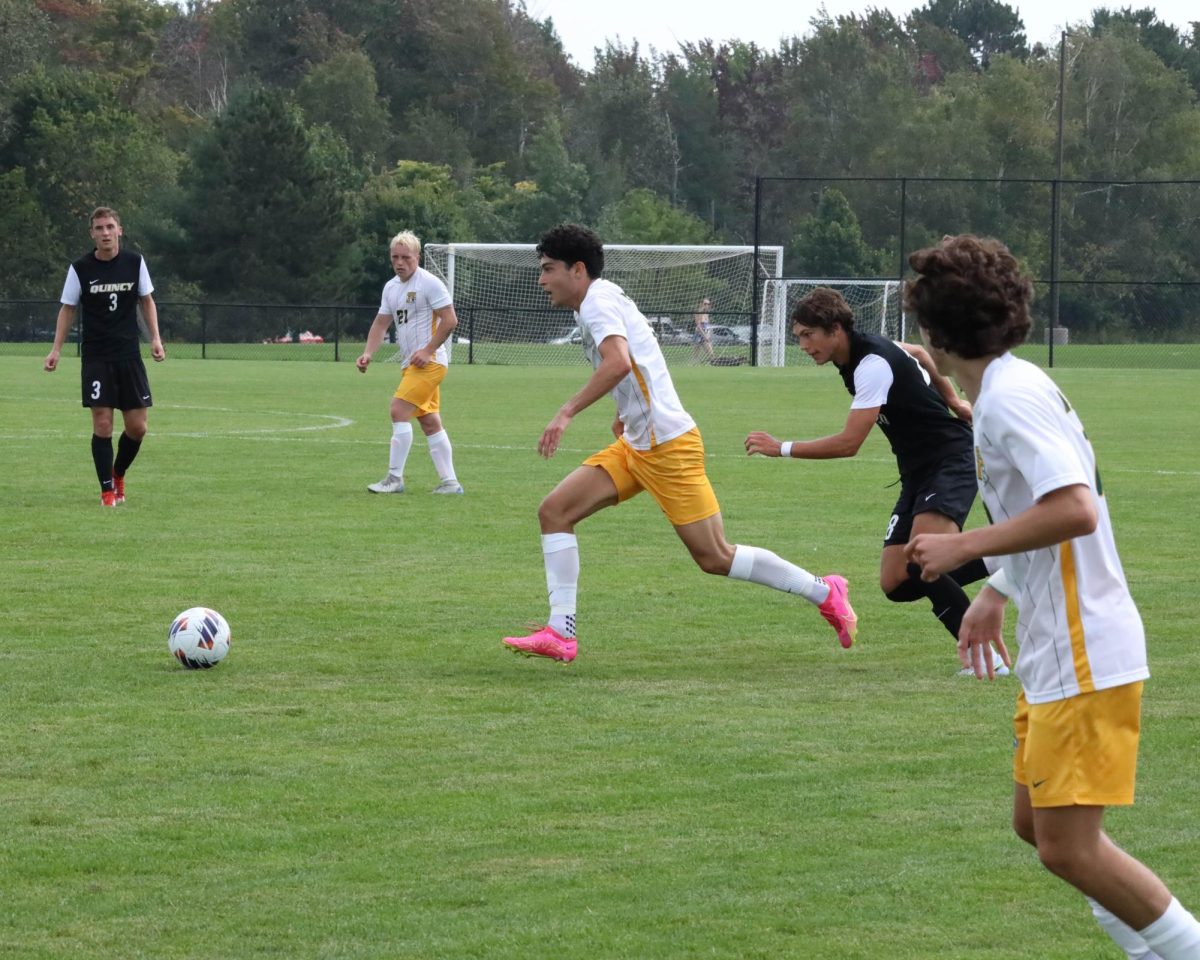Changes in the sexual misconduct investigation process have encouraged more students to utilize this option in seeking resolution, according to Mary Brundage, associate dean of students and Title IX deputy coordinator.
Brundage said the previous process yielded only one or two investigations that led to a conduct board hearing. With the changes that took place between May and July of 2015, Brundage estimated that number has risen to between seven and nine investigations ending with the conduct board hearing process.
Though the changes now require a great investment of time by a limited number of trained NMU staff, Brundage said it was a step in the right direction.
“The new process allows the investigation to be more thorough and provide all parties with their due process,” Brundage said. “It’s just the right thing to do.”
The student code defines the survivor or reporter of a sexual assault as the complainant and the accused and the respondent. The sexual misconduct hearing process previously required the complainant as respondent to appear in front of the conduct board, though not simultaneously, to share information and for the board to make decisions based on these testimonies.
Now, if a student moves forward with an internal investigation, Janet Koski, director of diversity, equity and inclusion and the equal opportunity officer and Title IX coordinator at NMU, assigns two individuals trained in dating violence, domestic violence, stalking and sexual assault to investigate. An investigation operates on a 60-day timeline, though this can be extended if deemed necessary.
These investigations are done by meeting separately with the parties involved and allowing ample time for these students to share information. This information is compiled in reports, which the students are able to review and provide feedback on prior to their being forwarded to the sexual misconduct review board. The standard of proof is based on a preponderance of evidence, or “more likely than not” that an incident did or did not occur. This is less than the burden of proof required in a criminal case, which is beyond a reasonable doubt. After an outcome has been determined, both parties have seven days to appeal the decision.
Koski said such investigations are entirely the choice of the complainant and emphasized the importance of the individual’s desire to investigate beyond reporting or not.
“What’s best for one person may not be best for another person,” Koski said. It’s an individual decision. Somebody may be ready to do something right now, while somebody else may not be ready to do something for a year down the line because these things affect individuals very differently.”
In order to take university action, if and when they choose to do so, a complainant needs to at least report the incident “within 90 calendar days of the alleged occurrence,” according to the student handbook. Unless the accused is a repeat offender or believed to be a threat to the university or others, the university will not typically move forward with an investigation without the consent of the complainant.
“You don’t want to revictimize an individual, so you always want to respect the survivor’s wishes,” Koski said. “You have to take into account how it would affect that reporting individual.”
Brundage said sometimes it’s hard not to investigate certain cases that are reported to her, but agreed with Koski on the importance of respecting each individual’s decision.
“We always truly support the survivor’s decision,” Brundage said. “Of course we want to take care of the individual and keep the community safe, but we have to respect the complainant’s experience and needs. Each situation and person is different.”
Brundage said the empowering part of the reporting process is making sure survivors know their options and make their own decisions about how to move forward, along with being provided various resources. Other remedies to ensure student safety and success are available for students who do not wish to move forward with an investigation. These include housing arrangements and classroom options, and survivors can take as little or as much action as they choose.
Changes to the sexual misconduct policy occurred following the creation of the Sexual Assault Task Force by President Erickson during the winter 2015 semester. This task force was led by Alan McEvoy, Ph.D., department head of sociology and anthropology, and Kerri Schuiling, provost and vice president for academic affairs. It included subcommittees focused on five key areas. Brundage was involved with the intake, investigation and adjudication subcommittee, which reviewed policies and procedures of other universities and best practices recommended by professional organizations. The civil rights model for resolving sexual misconduct incidents were approved by the Board of Trustees on July 23, 2015.
“Changes were made to our Sexual Misconduct Policy and formal resolution procedures to encourage reporting and improve how comfortable seeking resolution feels to all parties involved,” Brundage said. “We must be headed in the right direction because many more survivors have asked the university to formally investigate their incident since our policy and procedures changed.”




























